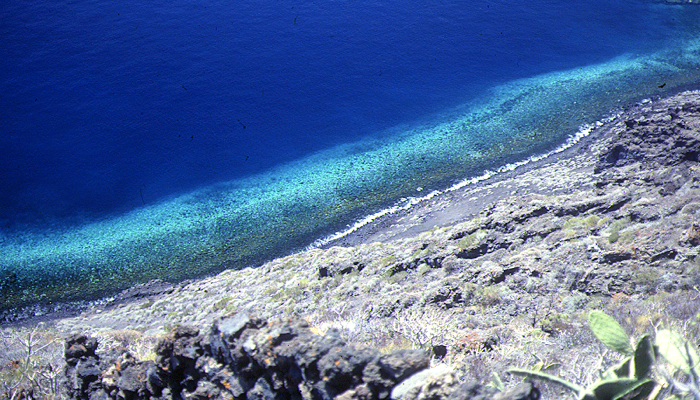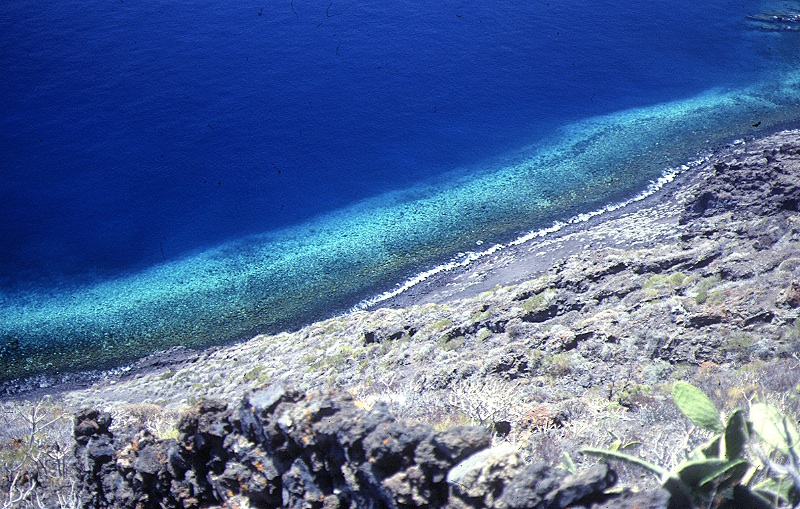
Urchin barrens in the Canary Islands
- Post by: jocarher
- 11:31AM Jan 07, 2012
- No Comment
The importance of herbivorous sea urchins in structuring marine algal assemblages is well known. At moderate population densities, sea urchins may alter plant species composition and promote species diversity through selective feeding. However, at high densities they can dramatically reduce non-crustose macroalgal beds resulting in the formation of sea urchin-dominated barren grounds 2019. The occurrence of such areas has been reported along temperate and subtropical coastlines, as well as in tropical regions. In the eastern Atlantic oceanic islands, and particularly in the Canary Islands, the density of the genetically differenced form 2019 of the species Diadema antillarum defined by Lessios et al. (2001) can reach more than 12 individuals and it is spread throughout the entire Archipelago. Loss of macroalgal beds produces lower species diversity and loss of habitat suitable for feeding and breeding fish. Therefore, it is well known that urchin barrens are unproductive habitats, where primary productivity is more than two orders of magnitude lower than at comparable reefs dominated by algal beds in temperate regions.
